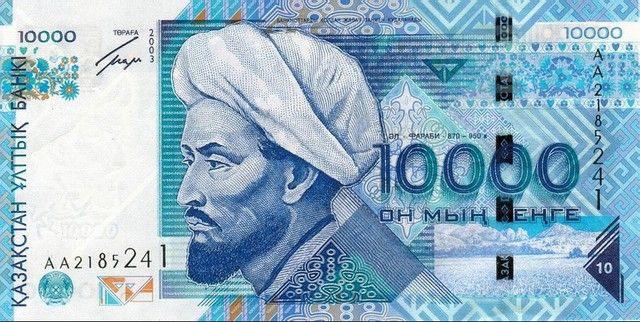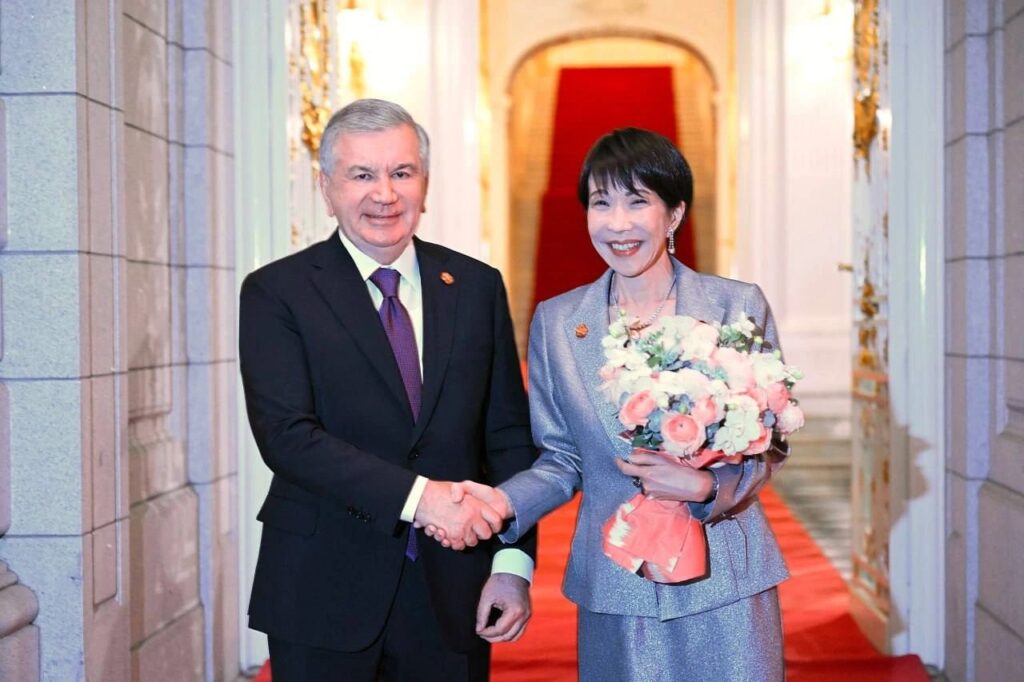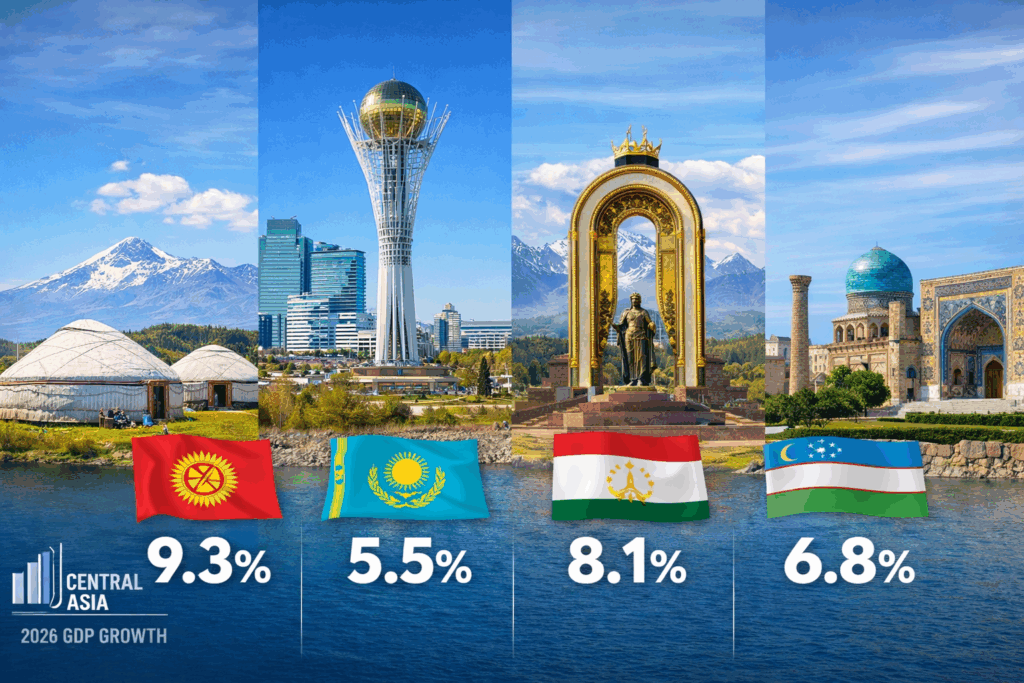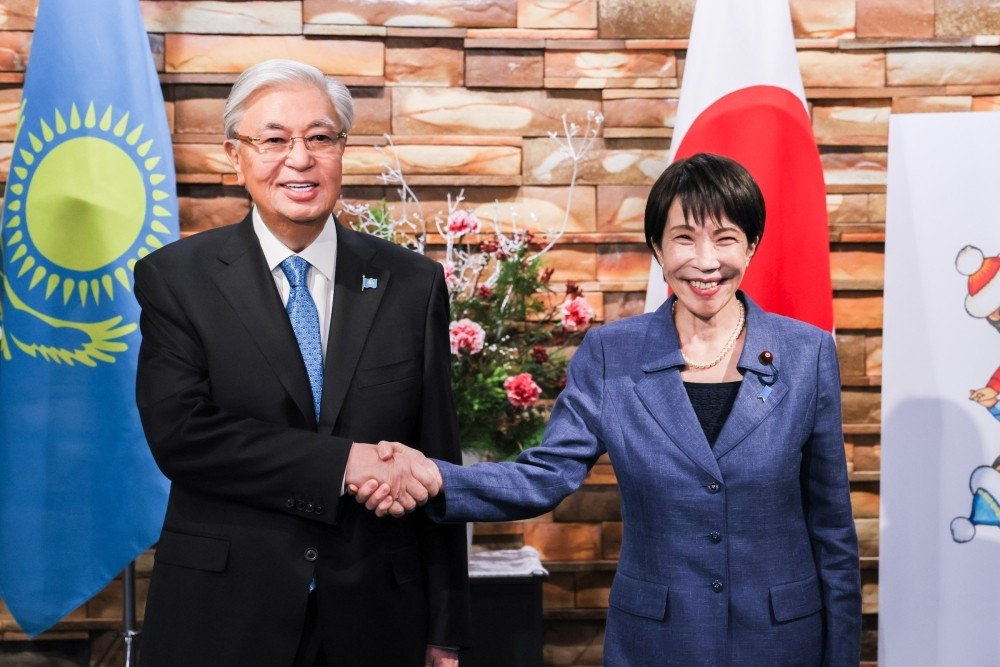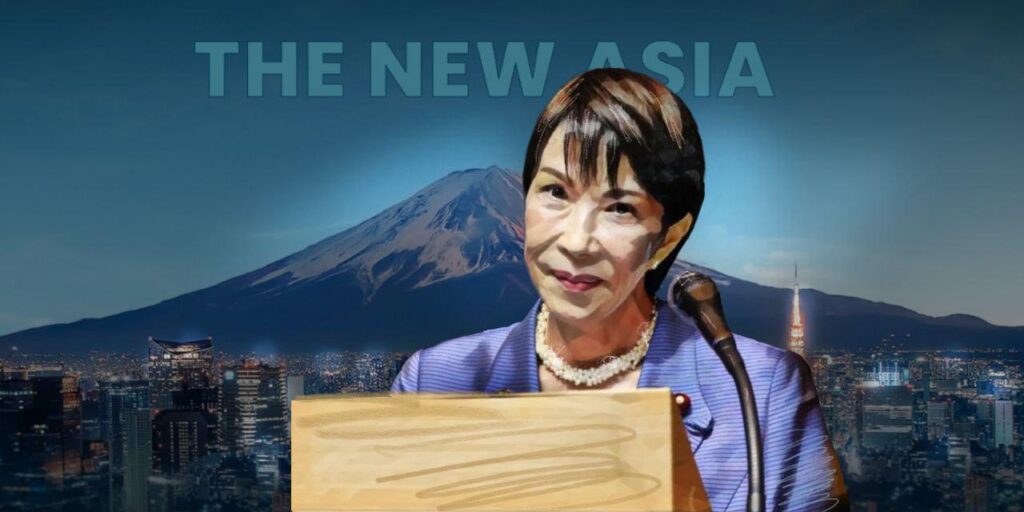ALMATY (TCA) — Kazakhstan’s currency is in a very bad shape. There are various reasons for that, and although President Nazarbayev advises his citizens not to buy imported goods, people on the street feel the pinch and try to switch to dollars as much as they can. The crash in global prices of oil and other commodities has already brought Russia and Azerbaijan currencies to their lowest level losing more than 50%. Kazakhstan is not doing any better with the tenge moving, in about two years, from about 150 tenges per dollar to the incredible low level of close to 400 and the situation has much to do with the ever shifting National Bank policies.
It is clear that Kazakh monetary policies did not consider what was going on in other former Soviet republics and other countries. In addition to oil and other commodities prices the main cause is the Kazakh National Bank. From a purely technical point of view Kazakhstan has thrown lots of good money because of subtractive rather than anticipating monetary policy. But the fledgling, yet powerful, Eurasian Economic Union could also be given some of the blame by failing to impose more monetary teamwork among its members.
Over last weekend, it became known that the National Bank of Kazakhstan resumed its interventions on the open foreign currency market.
A rather bizarre situation
The share of foreign currency deposits in Kazakhstan’s embattled banking sector has grown to a staggering 80 per cent. In order to stem that tide, the authorities have increased interest rates on deposits in local currency while bringing those on accounts in US dollars down. “With the goal of increasing attractiveness of deposits in the national currency, as well as compensating for the increased levels of inflation, starting from February 1, 2016, the maximum interest rates on newly accepted individuals’ deposits in tenge are increased from 10 to 14 per cent, and in foreign currencies decreased from 3 to 2 per cent,” a press release from the National Bank was to read.
This, however, keeps a rather bizarre situation in place in which the retail interest rates’ ceiling actually exceeds the interbank interest rate. “The National Bank of Kazakhstan has raised its benchmark interest rate by a full percentage point to 17 per cent as the country’s currency creaks under the pressure of low oil prices,” the Financial Times wrote on February 1. “Managing interest rates is a relatively new monetary policy tool for Kazakhstan, with the central bank setting its first benchmark rate last September, and analysts say it is still far from efficient. The central bank will aim to manage rates within a band of 15-19 per cent, it said. […] The rate rise comes less than four months after the central bank raised its benchmark rate by 4 percentage points to 16 per cent.”
Irreversible downward trends
There is a widespread misunderstanding about central banks intervening on currency markets. The method is based on the most fundamental principle of any market: when demand exceeds offer, the price will go up and when offer exceeds demand it will go down. If a central bank sells say 100 million US dollar in exchange for local currency, it does not mean that it “lost” $100 million as non-specialist news agencies often formulate it. It only stimulates demand for the local currency resulting in the latter’s appreciation, as a rule staying way below 1 per cent per operation. In theory, the central bank could earn that difference back by putting its greenbacks back on the market – but that seldom happens these days as most downward trends for domestic currencies prove to be irreversible.
To the contrary, disruptions in central banks’ interventions tend to be extremely costly – not just for the central banks but for economies as a whole. Thus, the National Bank of Kazakhstan has had to compensate tenge deposit holders for their losses in the wake of “Black August” 2015, as well as mortgage holders who saw their services soar in the face of dwindling household incomes. Compared to the costs of such compensations alone, costs of continued interventions would have been negligible.
Currency responding to oil prices
Defenders of Kazakhstan’s policy often tend to refer to Russia, which back in late 2014 in immediate response also widened their currency exchange margins (they never entirely removed them as is often claimed by sideliners) but kept the intervention option open. As a result, the exchange rate of the Russian rouble versus the US dollar closed the month of January 2015 at 68.93 but recovered in summer to the range between 50 and 55 per greenback. Due to the “second oil price slump” it fell back to 66.24 per dollar by the end of November and closed on February 3 this year at 77.93.
The curve leaves the possibility of a fresh recovery amidst a slight improvement of the oil price setting open: into the new year, former Soviet oil’s main indicator North Sea Brent’s one-month contract on the London InterContinental Exchange closed the month of January at $33.62 per barrel, roughly up $5 from its December lows. The Russian rouble’s exchange rate is bound to respond to that accordingly.
This, however, cannot be said of the Kazakh tenge, which dropped against the rouble from 2.67 as of end-January 2015 to 4.64 nine months later and from there to 4.77 as of February 3 this year. Even against the currency of the weak, small economy of Kyrgyzstan, where the National Bank never ceased its currency market interventions, the tenge’s performance has been poor: while the Kyrgyz som gradually, meaning without overnight shocks, dropped from around 45 per US dollar before the summer 2014 oil price crash to just over 75 today, there were around 3 tenge in a Kyrgyz som at the time against more than 5 these days. There is therefore at least one lesson Kazakhstan could draw from its ongoing turbulence: in monetary policy, the secret is timing – apart from the fact that many options for cooperation within the Eurasian Economic Union have also been left unused.
